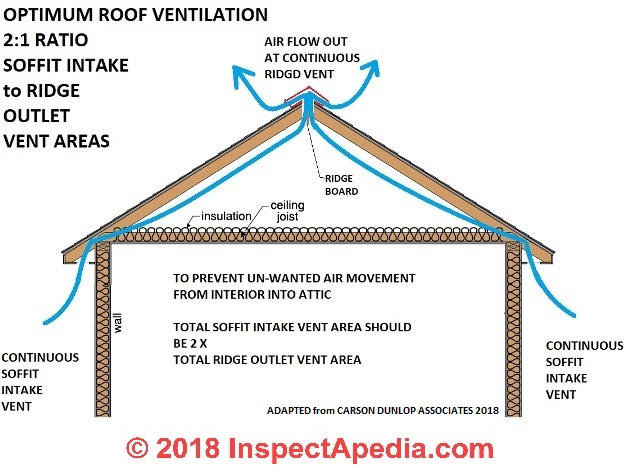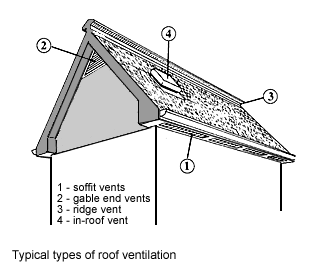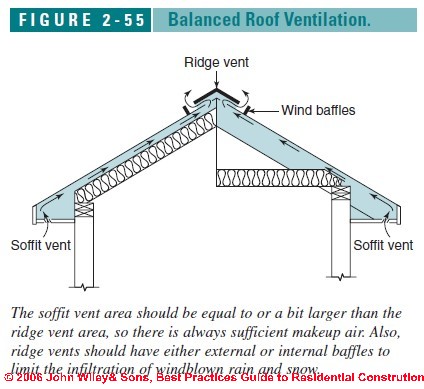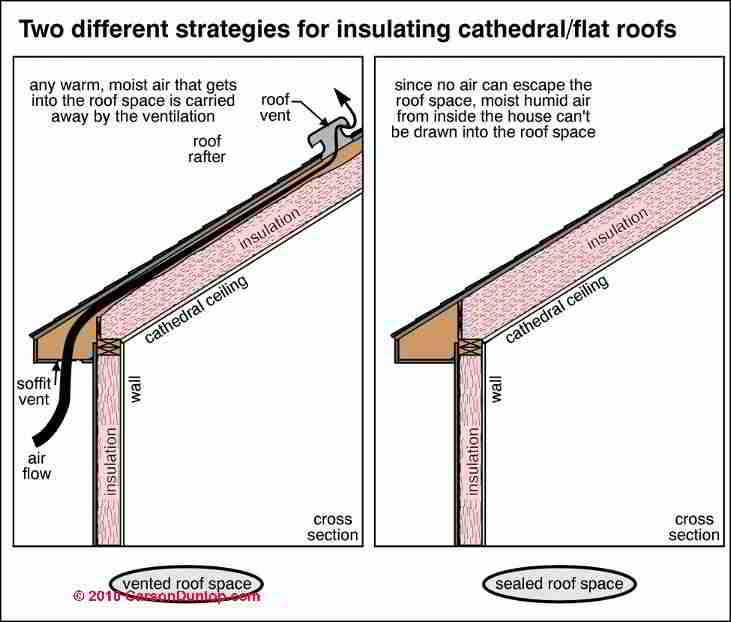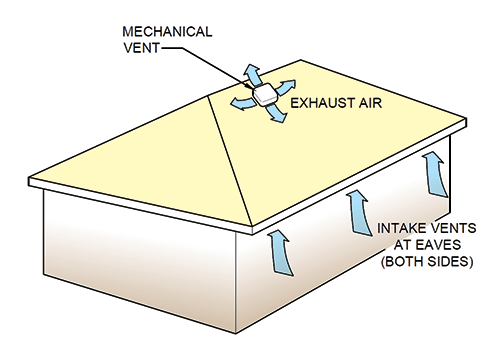Vent On Top Of Roof Definition

Roof flashing is a thin material usually galvanized steel that professional roofers use to direct water away from critical areas of the roof wherever the roof plane meets a vertical surface like a wall or a dormer.
Vent on top of roof definition. These vents are installed in the soffit the enclosed portion under the roof overhang and permit air to flow up under the roof and into the attic. Attic ventilation works on the principle that heated air naturally rises primarily utilizing two types of vents. A gable vent is a slotted piece of wood or siding that s installed into the side of a home near the gable where two roof pitches meet in a triangle. Intake vents located at the lowest part of the roof under the eaves allow cool.
Once installed on the ridge line and possibly covered with shingles the vents are inconspicuous. Roof ventilation in a cold climate vents moisture and ensures a cold roof temperature to avoid ice dams. The vent is shaped around the ridge and covered with matching siding or tile so that it is very unobtrusive and typically looks like a running cap or piece of extra roof trim. It channels the exhaust gases to the vent and helps maintain proper atmospheric pressure in the waste system.
In a hot climate roof vents expel hot air from the roof or attic while relieving the load on the air conditioning system. Plumbing vent a pipe that emerges from the roof and admits air into the plumbing system to allow wastewater to flow properly to the sewer or septic system leaching field. Ridge vents are typically made of metal. An excellent means to protect the roof from excess moisture and heat ridge vents offer uniform ventilation throughout the attic.
Why plumbing air vents are important. The vent stack is the pipe leading to the main roof vent. Flashing is installed to surround roof features such as vents chimneys and skylights. It is a vertical pipe attached to a drain line and runs through the roof of your home.
Table of contents show. They range in style from 6 inch round stainless steel vent covers that are placed in the soffit between each rafter to continuous vents that run the entire length of the soffit. The main purpose of a roof ridge vent is to optimize airflow under the roof.



